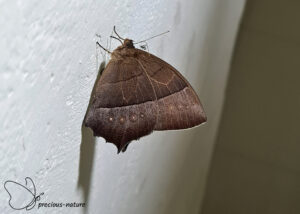There is no unambiguous characteristic distinguishing a macro butterfly from a micro butterfly. At first, you would say size is the obvious attribute. Of course, macro butterflies are usually larger than micro butterflies, but there are also exceptions. A front wing length of 10 mm is often used as a limit, but many grass moths are already larger and still belong to the micro butterflies.
Besides the division into macros and micros, the macro butterflies can also be divided into day and night butterflies. This classification can also be confusing, as moths are active during the day. Yet, there is a distinctive difference. The end of the antenna of butterflies is club-shaped, and of the moths, it is wire-shaped or even in the shape of a bird’s feather (males). An exception to this is the drops of blood (Zygaeninae) that have a club-shaped end of the antenna but can be distinguished as a moth by their resting position. In the Netherlands, there are over 900 macro moths and more than 50 macro-day-active butterflies.
The number of butterfly species is under serious threat. Intensification of agriculture, urbanization and the climate means that some species are almost or no longer present in the Netherlands. More and more, you see that special areas are created with wildflowers and herbs that can serve as host plants for the butterflies.
The macro moths are an underestimated group of butterflies. Not only do many people think they are dull-coloured butterflies, but it turns out that they are also very important in agricultural ecosystems. During the daytime, bees and bumblebees often provide pollen transfer, but the moths play an equally important role when visiting wild plants. Their body, where the pollen sticks to after a visit, ensures important transport. If the moth population were to shorten, this would lead to a significant decrease in pollen transport and, thus, a threat to the survival of certain plant families.
Day-active Macro Butterflies:
Brush-footed Butterflies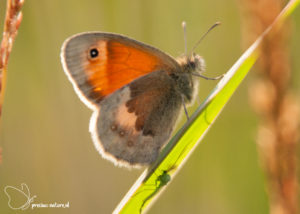 | Gossamer-wing Butterflies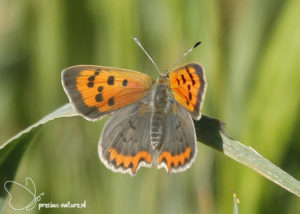 | Skippers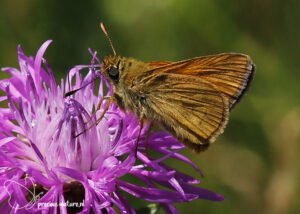 |
Swallowtails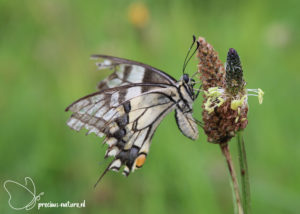 | Whites and Sulphurs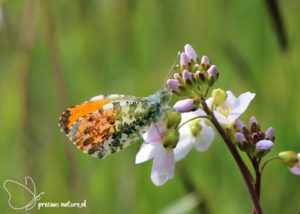 |
Macro Moths:
Burnets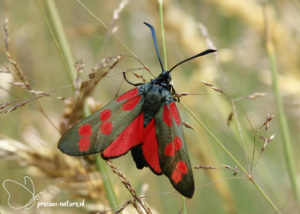 | Carpenter & Leopard Moths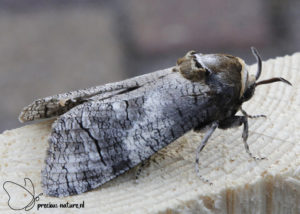 | Erebid Moths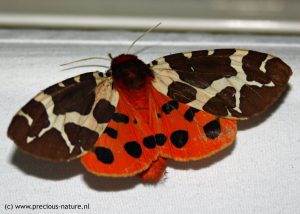 |
Geometer Moths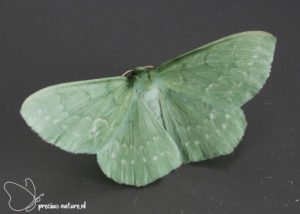 | Ghost Moths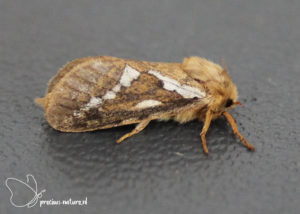 | Hooktip Moths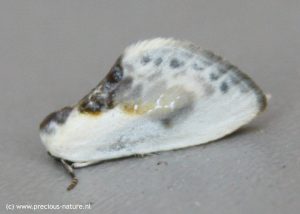 |
Lasiocampid Moths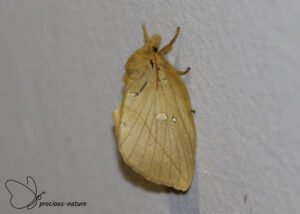 | Owlet Moths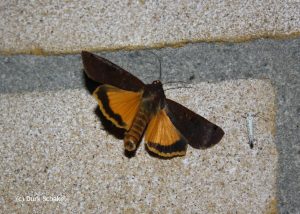 | Prominent Moths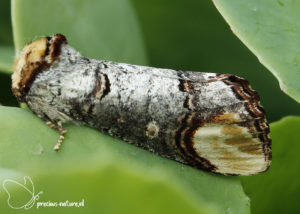 |
Sphinx & Hawkmoths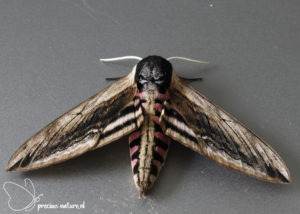 | Tuft Moths | Tussock Moths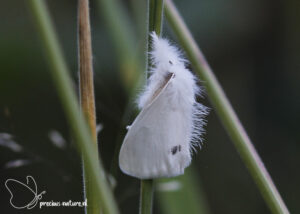 |

